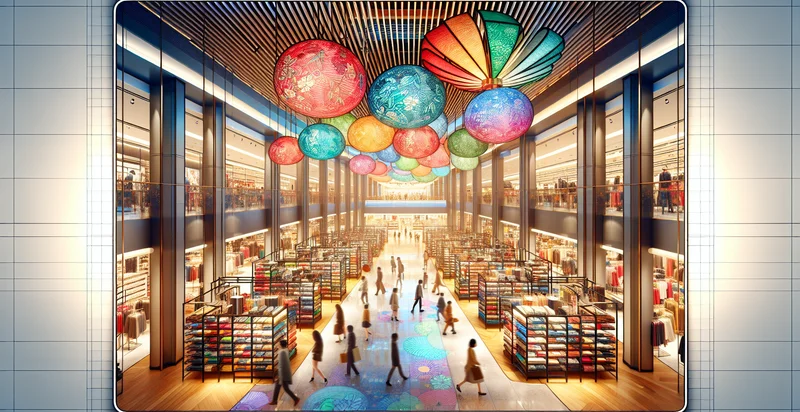Identify department stores by logo
using AI
Below is a free classifier to identify department stores by logo. Just upload your image, and our AI will predict which department store logo it is - in just seconds.

Contact us for API access
Or, use Nyckel to build highly-accurate custom classifiers in just minutes. No PhD required.
Get started
import nyckel
credentials = nyckel.Credentials("YOUR_CLIENT_ID", "YOUR_CLIENT_SECRET")
nyckel.invoke("department-stores-by-logo", "your_image_url", credentials)
fetch('https://www.nyckel.com/v1/functions/department-stores-by-logo/invoke', {
method: 'POST',
headers: {
'Authorization': 'Bearer ' + 'YOUR_BEARER_TOKEN',
'Content-Type': 'application/json',
},
body: JSON.stringify(
{"data": "your_image_url"}
)
})
.then(response => response.json())
.then(data => console.log(data));
curl -X POST \
-H "Content-Type: application/json" \
-H "Authorization: Bearer YOUR_BEARER_TOKEN" \
-d '{"data": "your_image_url"}' \
https://www.nyckel.com/v1/functions/department-stores-by-logo/invoke
How this classifier works
To start, upload your image. Our AI tool will then predict which department store logo it is.
This pretrained image model uses a Nyckel-created dataset and has 31 labels, including Aldi, Asda, Belk, Big W, Bloomingdale'S, Carrefour, Costco, Dillards, Diy Store and Finnish Design Shop.
We'll also show a confidence score (the higher the number, the more confident the AI model is around which department store logo it is).
Whether you're just curious or building department stores by logo detection into your application, we hope our classifier proves helpful.
Related Classifiers
Need to identify department stores by logo at scale?
Get API or Zapier access to this classifier for free. It's perfect for:
- Brand Recognition Analysis: This use case involves the deployment of the false image classification function to analyze customer interactions with department store logos. By identifying customer engagement through logos, businesses can assess brand visibility and recognition trends in different locations and demographics.
- Competitive Benchmarking: Retailers can utilize the logo classification to benchmark against competitors by tracking how their logos fare in terms of public perception. By understanding how their branding stacks up against others, companies can refine their marketing strategies and improve brand positioning.
- Inventory Management Insights: The function can help track which department store logos are prevalent in various regions, providing insights into supply and demand patterns. This data can aid businesses in optimizing their inventory based on the popularity of specific brands in different areas.
- Advertising Effectiveness: Organizations can measure the effectiveness of marketing campaigns by analyzing the frequency and context in which their logos appear in consumer environments. This information helps marketers evaluate how well their advertisements resonate and make adjustments as necessary.
- Brand Loyalty Measurement: By leveraging the classification function, retailers can gauge customer loyalty by analyzing returning visitors who recognize and favor their logos. This data is crucial for developing strategies aimed at improving customer retention and engagement.
- Social Media Monitoring: Businesses can integrate the logo identification feature to monitor social media platforms for occurrences of their logos. This allows companies to engage with users, respond to feedback, and turn mentions into potential marketing opportunities.
- Visual Merchandising Optimization: The classification tool can assist in optimizing visual merchandising strategies by analyzing how customers react to various store logos displayed in physical or digital spaces. Insights gained can inform design changes to enhance customer attraction and store navigation.


